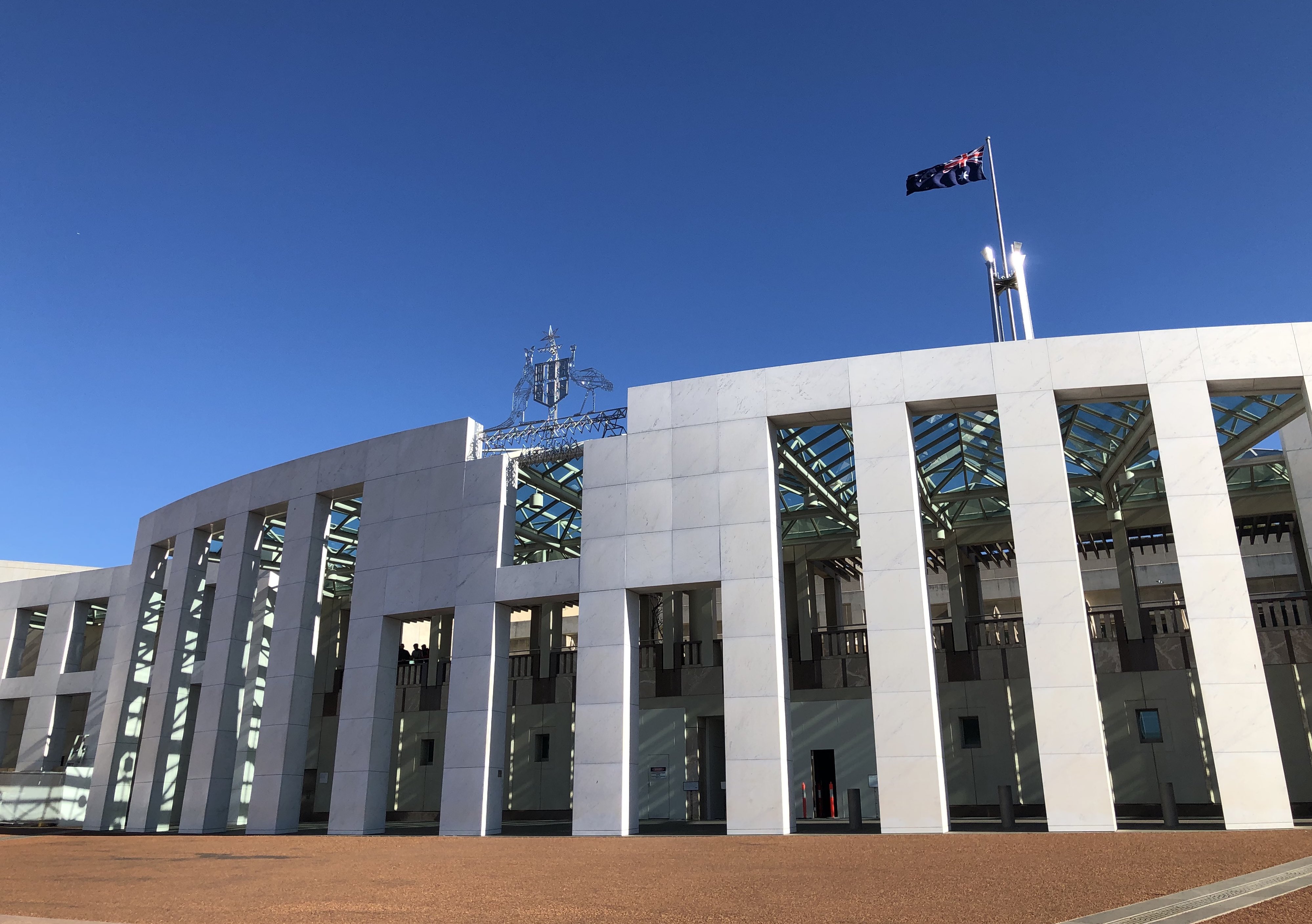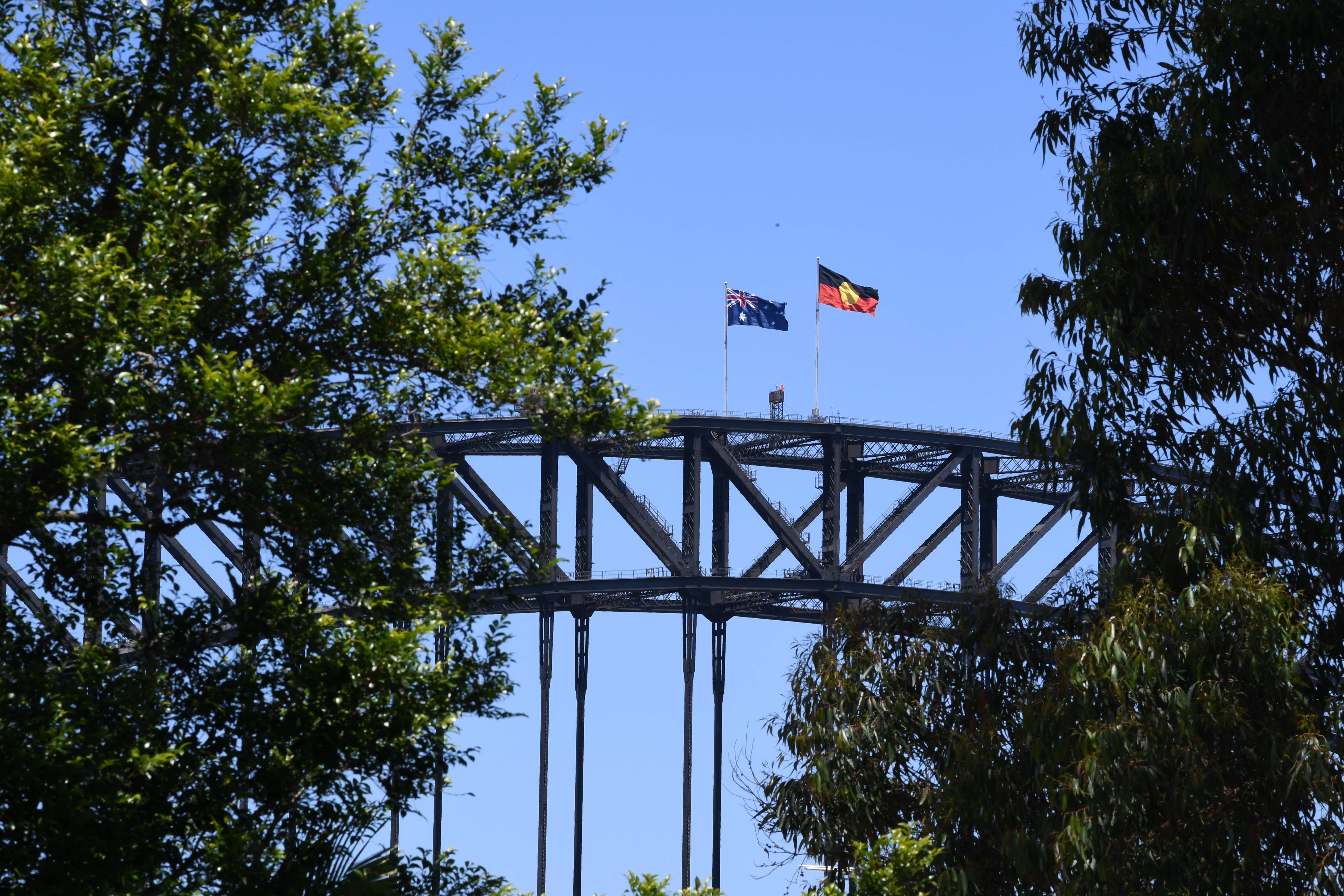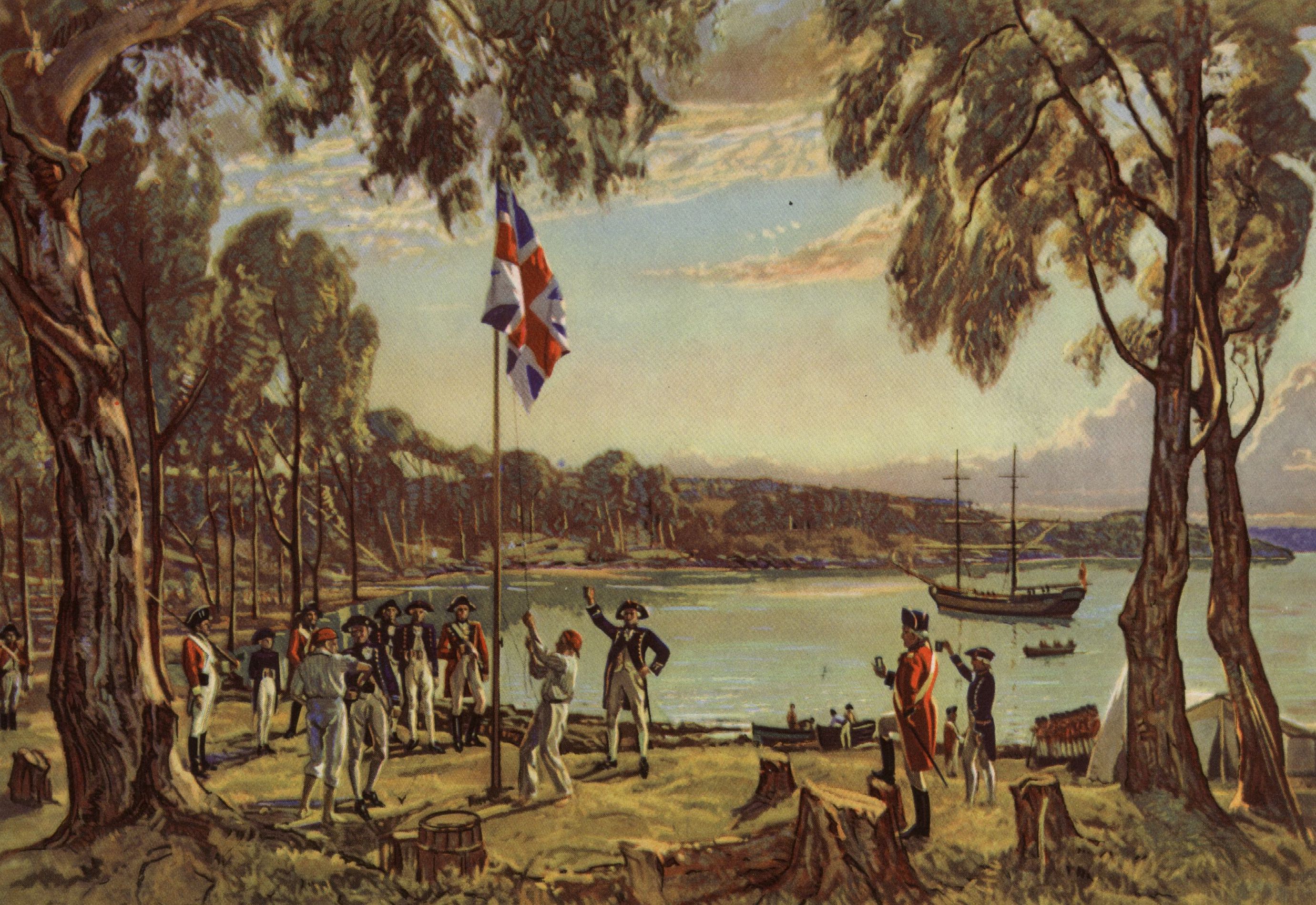
Arts & Culture
The symbolism of Australia’s Southern Cross

Australian symbols have meaning for us collectively – highlighting the past and present impacts of settler colonialism, racism and the possibility for a different future
Published 19 October 2022
Flags are powerful cultural symbols of collective belonging.
In a settler colonial context like Australia, official flags have political ramifications and open debate about how to understand our nation – its past and its present. Decisions as to which flags are represented in public places are, of course, deliberate, and connected to a long and contentious history.

These are decisions that matter for all Australians.
We write as non-Indigenous Australians about what these symbols and decisions mean for us collectively: what it means for reckoning with the past and present impacts of settler colonialism, its racism and possibilities for different futures.
The installation of mounts for Aboriginal and Torres Strait Islander flags in the parliamentary press conference Blue Room was one of the recently elected Labor government’s first actions.

Arts & Culture
The symbolism of Australia’s Southern Cross
These two flags, which represent Indigenous Australians, will now be displayed alongside the Australian national flag.
A month later, the New South Wales Liberal government announced plans to fly the Aboriginal flag alongside the Australian and New South Wales state flags on the Sydney Harbour Bridge.
And more recently Greens Leader Adam Bandt took down the Australian flag for a press conference.
These moves to fly the Indigenous flags of Australia are significant, particularly when we look to debates about flag flying in our recent history.
In 2020, Indigenous Federal Senators, Patrick Dodson, Malindirri McCarthy and Lidia Thorpe moved a motion in the upper house to fly the Aboriginal and the Torres Strait Islander flags in the Senate.

This motion was voted down by the then Liberal government, who expressed the opinion that the national flag was the only “appropriate” flag to fly because it represents “all Australians”.
The contest over, and resistance to, the flying of Indigenous flags in official parliamentary and public places gives insight into the debates over what kind of a nation Australia is and who is represented or is seen to belong in it.
Governments send a message by prohibiting the display of Aboriginal and Torres Strait Islander flags, implying that Indigenous experience and sovereignty must be assimilated under the Union Jack and the Southern Cross.

Arts & Culture
Kangaroo hunting in colonial Australia
This action reinforces Australia as a nation tied to Britain and suggests, like the first British invaders who planted a flag on the shores of the east coast, that Australia is a white possession.
This can be traced back to the spurious claim of terra nullius: ever since British invasion, colonial Australia has had to justify, defend and work to maintain its claim to this country in the face of Indigenous existence and sovereignty.
Professor Aileen Moreton-Robinson, a Goenpul scholar, investigates this argument using the term ‘white possession.’
The work to maintain the colony of Australia has elevated Anglo-colonial culture against all others, the outcome of which is the racial domination of whiteness and resulting racism. Whiteness, in this sense, is not a fixed identity or state, but a structural force that is part of the cultural, social and economic fabric of colonial Australia – past and present.

The reinforcement of white domination and ties to Britain is also seen in another recent historical example involving flags and schools.
In 2005, the then-conservative Howard government financially supported schools to erect or repair their flagpoles to fly the Australian flag. All schools were required to fly the flag to receive their share of education funding.
This shows how the government uses schools – including the threat of funding loss – as a part of the constant work required to defend the white possession of colonial Australia.

Politics & Society
First Nations peoples as political designers
This is an illustration of how the settler colonial state of Australia encourages us all to learn an idea of Australia as predominantly Anglo culturally, politically, intellectually and spiritually.
Settler states like Australia use formal and informal education as a part of securing the legitimacy of Australia as ‘settled’ and ‘white’.
In our book – Learning Whiteness: Education and the Settler Colonial State – we explore how this occurs through symbols like the Australian flag along with curriculum debates and furore over Invasion Day rallies.
These instances represent how the settler colonial state seeks to maintain white dominance on First Nations unceded land. And because of this, other cultural expressions, knowledges, spiritual connections and understandings of the history and landscape of this country are superseded or completely erased.

But education is also a place of resistance and reckoning.
In each cultural, social, political and educational moment that the settler state attempts to secure its racial dominance – communities speak back. In speaking back, the possibilities for being and thinking otherwise, creating different relationships of solidarity, and divesting from racial domination are opened.
Our new book, Learning Whiteness: Education and the Settler Colonial State (Pluto Press) with Arathi Sriprakash, explores how formal and informal education in settler colonial states is used to create and sustain white racial dominance. You can also find out more about the book on the FreshEd Podcast with Will Brehm.
Banner: AAP